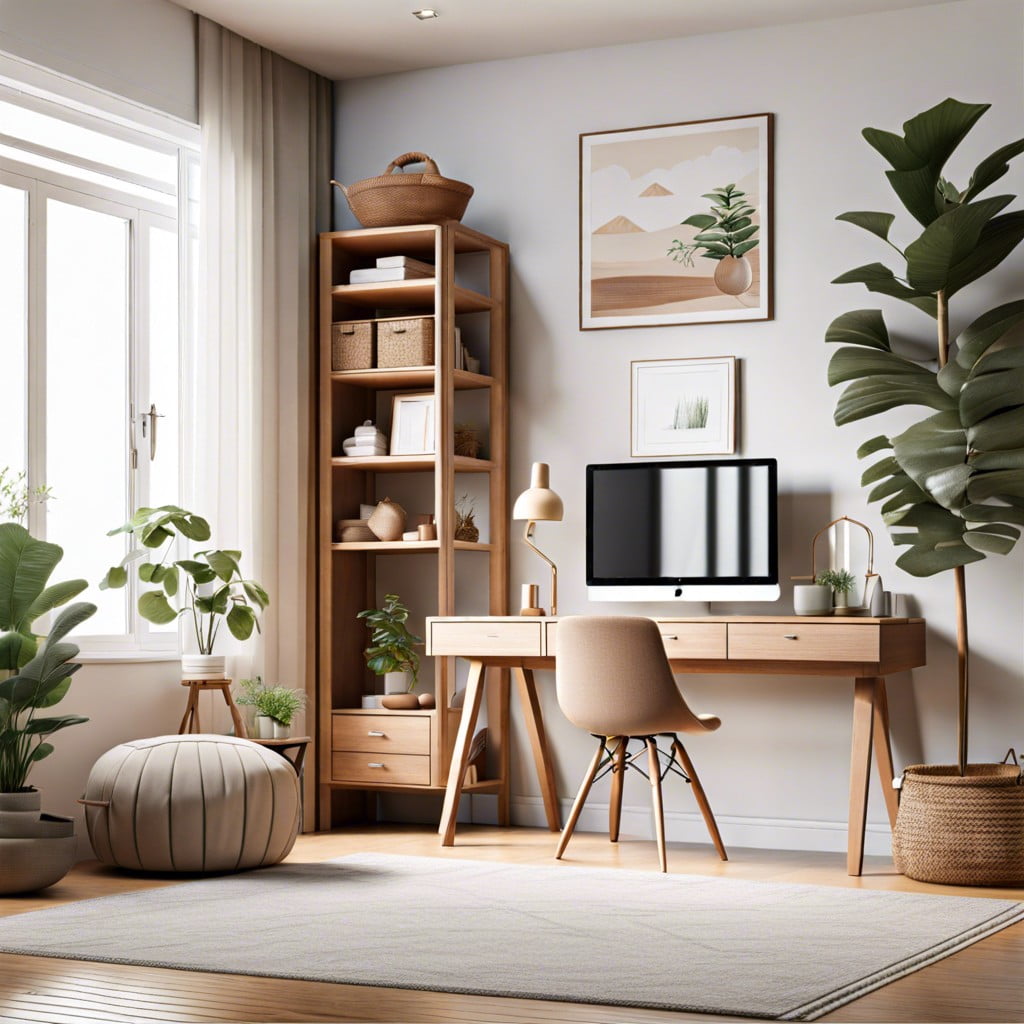Learn how to declutter your home efficiently using tested strategies that even busy mothers swear by.
Key takeaways:
- Establish a Declutter Routine
- Involve Kids in Decluttering Tasks
- Create a ‘Donation & Sales’ System
- Implement a “One In, One Out” Rule
- Declutter Digitally: Photos and Documents
Establish a Declutter Routine

Starting the day with a clear plan sets a productive tone, especially when tackling household disarray. Consider setting aside 10 minutes each morning for a quick pickup. Align this mini declutter session with other morning routines, such as after making your bed or while your coffee brews.
Next, assign specific days for deeper declutter tasks, such as Wednesday for wardrobes and Saturday for the storage areas. This way, nothing feels overwhelming, and everything has a fighting chance to find its rightful place.
Finally, keep a small box or basket in a convenient location for items that you stumble upon and immediately know they should be donated or thrown away. This on-the-go sorting saves you from dealing with larger piles later. These steps gradually transform decluttering from a dreadful chore into a seamlessly integrated part of your daily life, which even the kids might start to think is a fun game!
Involve Kids in Decluttering Tasks
Transform chore time into a game and watch the enthusiasm soar. Set up simple, fun competitions like who can sort their toys the fastest or find the most items to donate. This not only speeds up the process but makes it enjoyable.
Visualize progress with a chart where kids can earn stickers or marks for each task they complete. Whether it’s sorting out old books or choosing clothes they’ve outgrown, visual rewards make the effort tangible.
Capitalize on storytelling by having kids explain why they are parting with an item. Perhaps the teddy bear they’re donating could go to someone else who needs a friend. This integrates empathy and purpose into the process.
Incorporate learning by associating decluttering with basic math skills. For instance, counting how many toys they are keeping versus how many they are giving away can subtly enhance their numerical understanding.
Celebrate efforts collectively with a small treat or favorite activity once the decluttering session ends, reinforcing positive behavior and teamwork.
Create a ‘Donation & Sales’ System
Transforming clutter into kindness or cash can be surprisingly fulfilling. Set up bins or specific areas in your home for items to donate or sell. Label them clearly to avoid mix-ups and ensure everyone in the household knows where things go.
For items chosen for donation, research local charities that accept second-hand goods. Some organizations even offer pick-up services for larger items. This minimizes effort on your part and enhances the feeling of making a positive impact.
For those treasures that might bring in a few coins, consider online marketplaces or local sales groups. Setting specific days for posting items and handling transactions can keep this task manageable and not overwhelming. Be realistic about pricing—an item is only worth what someone is willing to pay.
By seamlessly integrating these systems into your family’s routine, clutter can quickly transition from cumbersome to cash or contributions, benefiting those in need. This practical approach not only clears your space but also teaches valuable lessons about charity and financial savvy.
Implement a “One In, One Out” Rule
To keep home clutter at bay, embrace the concept where for every new item that enters, another must leave. This strategy not only curbs the accumulation of unnecessary items but also promotes thoughtful purchasing.
- Start small: Choose one area like a kitchen drawer or a child’s toy box to apply this rule initially.
- Prioritize essentials: Before buying something new, decide which existing item it will replace. It encourages choosing quality over quantity.
- Involve the family: Make it a fun activity wherein everyone picks an item to swap out. This teaches kids about decision-making and prioritization from a young age.
This method can transform how your household perceives material goods and leads to a more organized and less cluttered living environment.
Declutter Digitally: Photos and Documents
Digital clutter might be invisible, but it sure weighs down your virtual life! Start by tackling those thousands of photos stored on your phone and computer. Try sorting into categories: keep, delete, or archive. For those special memories that make the cut, back them up on a cloud service or an external hard drive.
Next, sift through your documents. Old bank statements, receipts, and finished school assignments can add up. Digitize what you need to keep for records, and securely shred the rest. For ongoing management, set up folders for different categories like bills, personal, and work.
Remember, your phone and computer need breathing room too. Unsubscribe from unused apps and clear out the downloads folder. A little digital decluttering goes a long way toward smoother, speedier devices!
Related Stories
- Decluttering With Kids: Tips and Tricks to Make It Fun and Effective
- How to Declutter: Simple Steps for a Cleaner Home
- How to Get Rid of Stuff: Simple Steps for a Clutter-Free Home
- Paper Clutter: How to Reduce and Organize Effectively
- Free Printable Decluttering Checklist: Organize Your Space Easily